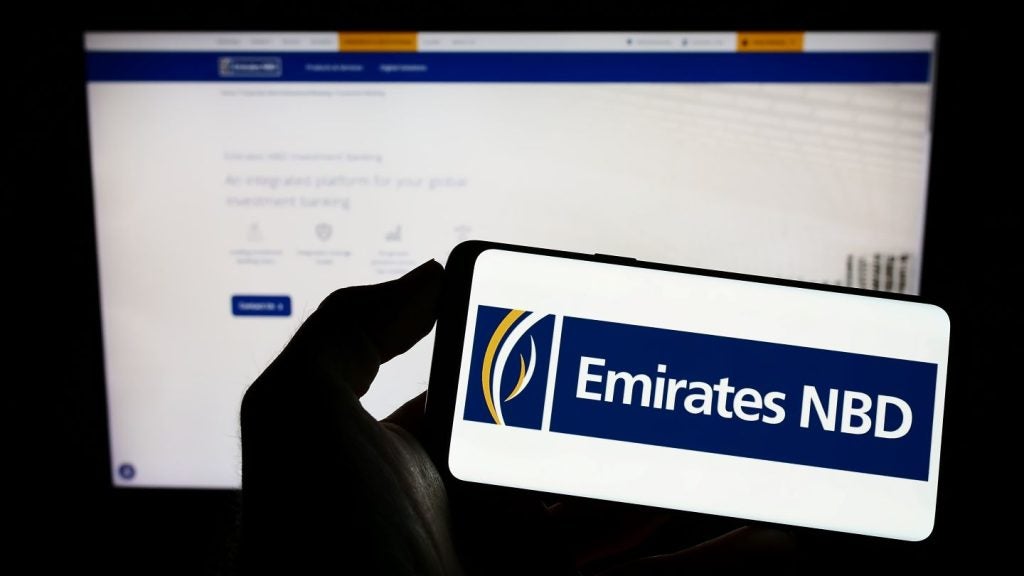Technology is fundamentally changing how banks operate and serve customers. Customers now expect seamless digital interactions with their banks. They want instant access to their accounts, easy-to-use interfaces and fast customer service. The American Bankers Association recently reported that 55% of US bank customers are using apps or phones as their top options for managing their banking needs. This marks the highest percentage of mobile users since the group began polling Americans in 2017. Digital banking channels allow for more efficient transactions, personalised services and improved customer experiences.
But as technology continues to reshape financial services, banks must adapt to meet evolving customer expectations while maintaining trust and security. This transformation presents both challenges and opportunities for banking leaders. While experienced leaders bring decades of industry insights, technological literacy, innovative thinking and the ability to reimagine traditional business models are necessary to keep pace in today’s financial landscape. The risk of not innovating is high – losing customers to more technologically advanced competitors.
If you haven’t started these discussions with your team, the time is now. Here’s a look at a few strategies modern leaders are evaluating to build scalable products and long-term customer loyalty.
Invest in technology wisely
While global technology spending in banking has continued to increase each year, it isn’t always easy to quantify the net benefits, according to McKinsey. This means banks must allocate investments strategically to prioritise ensuring value creation drivers and take the time to define strategic investment themes such as improving the customer experience or boosting operational efficiency. Some initial considerations on spending could include:
- Enhancing protection against cybersecurity threats, which are increasing in frequency and sophistication. Focus on creating intuitive, secure digital platforms that meet customer needs.
- Exploring ways to leverage data analytics to gain insights into customer behavior and preferences. Use these insights to create personalised products and services.
- Experimenting with AI and automation to increase efficiency and employee satisfaction. Integrating GenAI across a broader risk or quality control process could deliver 75% productivity gains highlighted by KPMG in a recent report.
Embrace fintech’s capabilities
Some leaders believe a bank must own an entire customer ecosystem or platform, but this is a dated school of thought. Leaders must put their customer needs at the centre and understand who they can collaborate with to solve the problem together – building a stronger, scalable ecosystem for the future. Partnering with, or even acquiring, fintech companies offers a great way for banks to access innovative technologies and stay competitive. These partnerships can help banks offer new services and reach new customer segments.
Take, for example, embedded finance. Juniper Research projects the global market for embedded finance will more than double between 2024 and 2028, growing from $92bn to $228bn. This solidifies just how much consumers are seeking seamless and convenient banking experiences. In the use case of banking-as-a-service models, a bank can offer its experience, compliance and stability, while a fintech can bring its nimble and cloud-native development approaches to the table. A partnership here would enable unmatched speed to market.

US Tariffs are shifting - will you react or anticipate?
Don’t let policy changes catch you off guard. Stay proactive with real-time data and expert analysis.
By GlobalDataBalance digital and human interactions
Despite the push toward digitalisation, human interaction remains crucial – especially in community banking. While technology can help handle routine matters, people can address complex situations requiring empathy and creativity. Many customers still value these face-to-face conversations for complex financial decisions or problem-solving. The challenge for banks is to balance digital efficiency with personal service.
Branch networks continue to play a role too, but their function is evolving. Instead of routine transactions, branches are becoming trusted centers for financial advice and relationship-building. Staff need new skills to provide high-value services that complement digital offerings.
Maintain a long-term perspective
While responding to immediate market pressures, it’s important for leaders to keep sight of long-term strategic goals and the bank’s core values. Banking leaders must guide their organisations through digital transformation with a clear vision and a commitment to serving customers’ evolving needs. This requires a leadership approach that can honor generational knowledge, technological literacy and forward thinking as organisational strengths. Learning from the past helps banks better inform the future – striking a balance between innovation, stability and prudent risk management.
By embracing technology while maintaining the trust and personal touch that have long been hallmarks of banking, leaders can position their institutions for success in the years to come. The future of banking lies not just in adopting new technologies, but in using those technologies to create more value for customers and society, such as through strategic investments in fintech services. Banks that can achieve this balance will thrive in the digital era of financial services.
Peter Stenehjem is CEO of First International Bank & Trust









